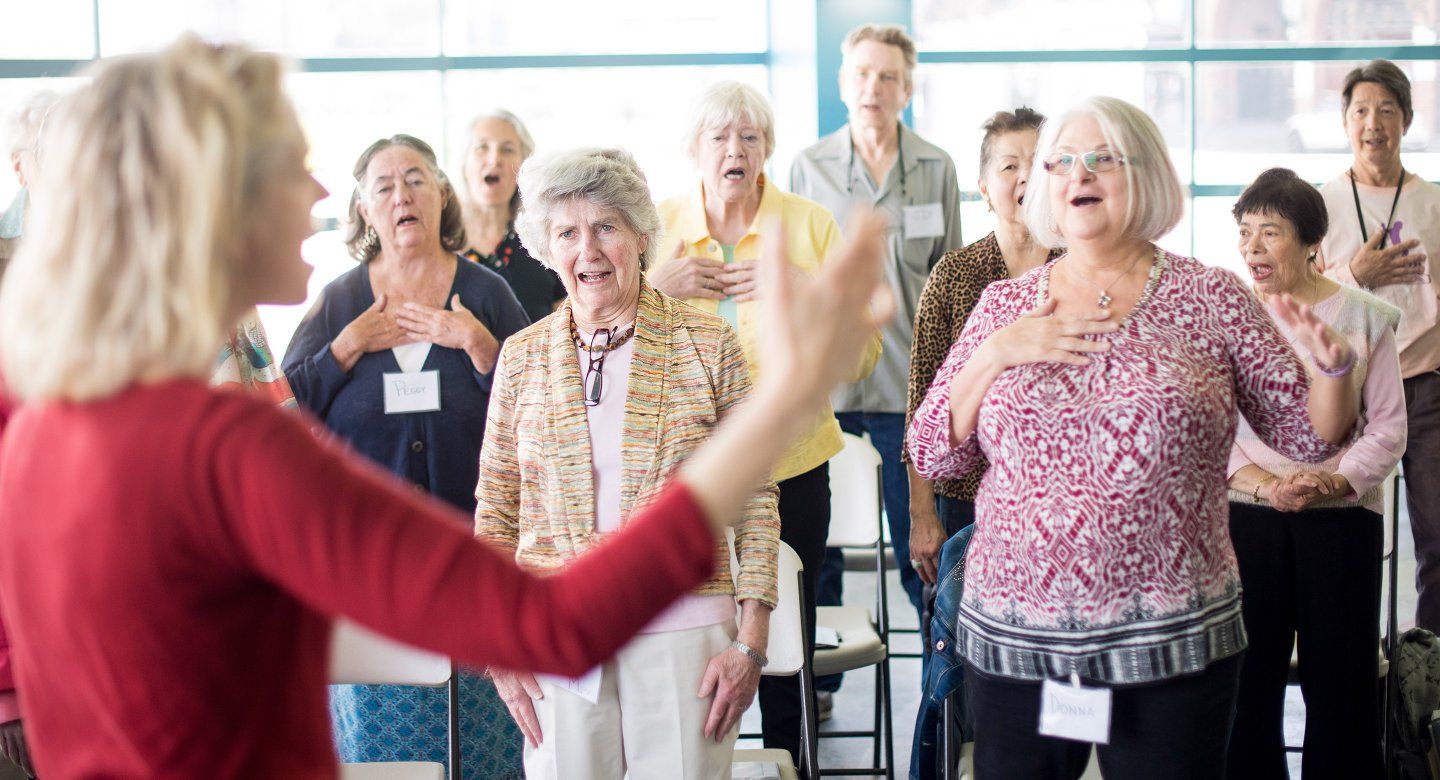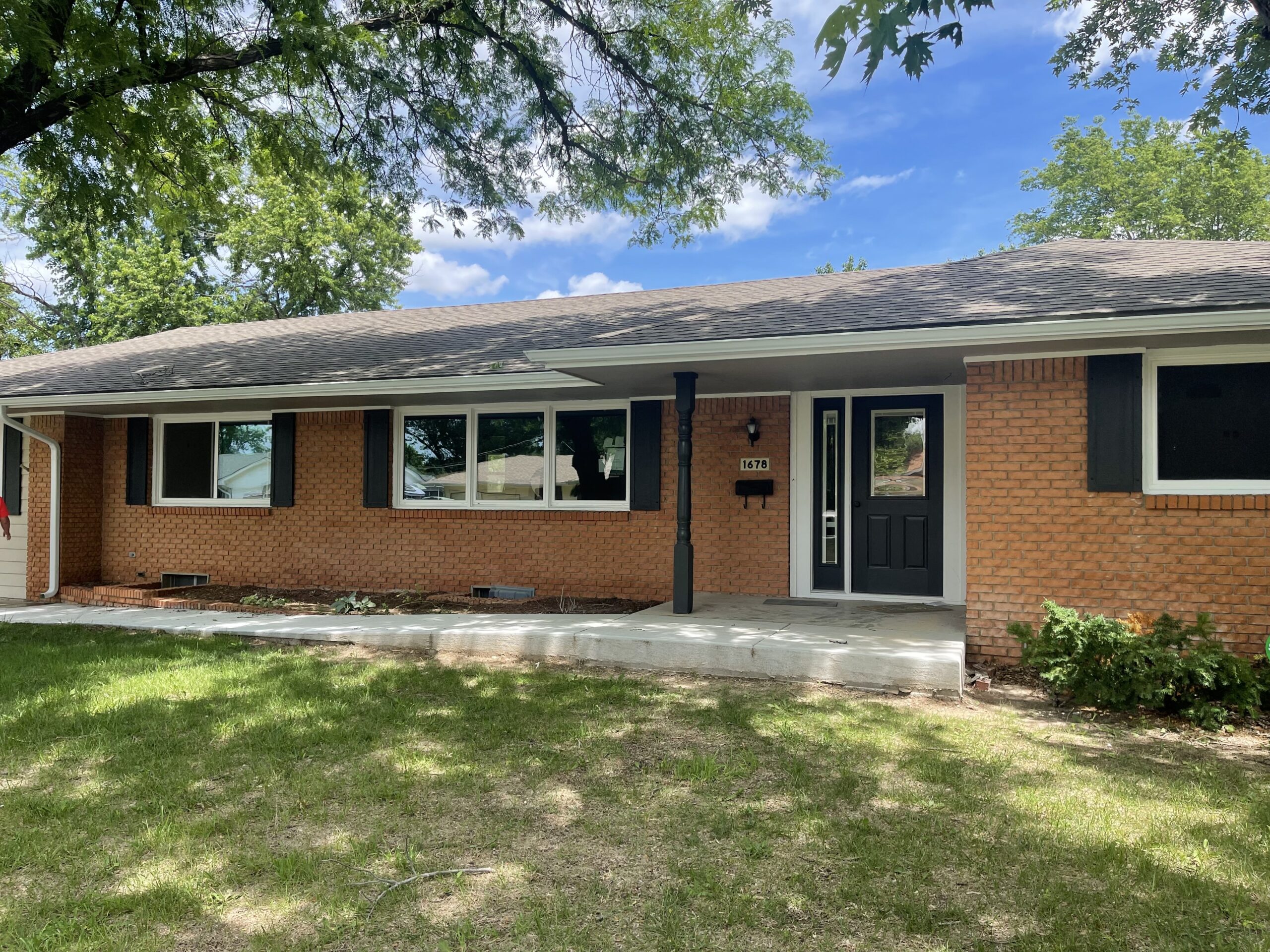Who Cannot Live in Assisted Living? Understanding the Limits
Assisted living is ideal for seniors who need daily support, but not round-the-clock skilled nursing. Some health conditions, behaviors, or safety risks are beyond what assisted living is licensed or equipped to provide. This guide explains common exclusions, how Wichita communities determine fit, and what alternatives may be safer for your loved one.
Questions about fit? Talk with Keepsake Kottage Home Plus (a licensed, home-like assisted living option) at 8428 W 13th St N, Ste 130, Wichita, KS or call (316) 650-4526.
How Assisted Living Is Licensed
Assisted living communities are designed for seniors who need help with Activities of Daily Living (ADLs), like bathing, dressing, meals, and medication reminders, and general oversight. They are not licensed as hospitals or skilled nursing facilities. That difference matters: certain medical interventions and levels of supervision fall outside assisted living regulations and staffing models.
Clinical Needs Beyond Assisted Living’s Scope
While each community’s capabilities vary, the following needs commonly require a higher-acuity setting (e.g., nursing facility) or dedicated home health/hospice oversight that an assisted living alone can’t provide….
- 24/7 skilled nursing or continuous monitoring (e.g., ventilator dependence, complex IV therapies without home-health support).
- Unstable or advanced medical conditions requiring frequent interventions or rapid response (e.g., recurrent uncontrolled seizures, acute infections needing isolation precautions).
- Complex wound care beyond routine dressing changes (e.g., advanced pressure injuries needing daily skilled treatment).
- Feeding tubes, central lines, or complex ostomy care when policies require skilled personnel on site beyond what the community can provide.
- Two-person transfers at all times or total mechanical lift dependence when staffing or policies cannot meet safe transfer requirements.
- Active detox or unmanaged substance use disorders that require medical stabilization.
Note: Some services can be delivered in assisted living if licensed home health or hospice agencies are involved and the community permits it. Always confirm the specific provider’s policy.
Behavioral and Safety Exclusions
Assisted living must maintain a safe environment for all residents. Situations that may disqualify someone include….
- Uncontrolled exit-seeking or elopement risk that exceeds the community’s ability to secure and supervise safely.
- Physical aggression or severe behavioral disturbances that endanger self or others.
- Severe cognitive impairment without appropriate memory care supports available on site.
- Refusal of essential care (e.g., consistently refusing meds or hygiene to a degree that creates health/safety hazards).
- High fall risk without safe mitigation when the needed staffing/equipment exceeds policy.
Short-Term vs. Long-Term Changes
Not every temporary setback leads to a move. Many residents experience short-term changes (e.g., after surgery) that can be managed with home health, rehab, or hospice while remaining in assisted living. A transition to nursing care is considered when the baseline level of need becomes permanently higher than assisted living can legally or safely support.
Assessment & Move-In Criteria
Before move-in, communities complete a clinical and functional assessment to determine fit. Expect questions about ADLs, medications, mobility, cognition, continence, recent hospitalizations, and behavioral history. Families should also disclose any home-health, hospice, or specialty services involved.
If the assessment indicates higher-acuity needs, reputable providers will recommend a safer level of care rather than accepting an unsafe admission.
Safer Alternatives in Wichita
- Skilled Nursing Facilities (Nursing Homes) – 24/7 nursing for complex or unstable medical conditions, intensive wound care, or frequent clinical interventions.
- Memory Care – For moderate to advanced dementia with exit-seeking, wandering, or behavioral symptoms, often with enhanced security and dementia-trained staff.
- Assisted Living + Home Health/Hospice – For residents who remain appropriate for assisted living but require intermittent skilled services or end-of-life support.
- Short-Term Rehab – Post-hospital recovery and therapy with the goal of returning to assisted living when stable.
Questions to Ask Providers
- Which clinical services are you licensed and staffed to provide on site?
- Can you safely support transfers/mobility needs (one-person vs. two-person assist, gait belt, lifts)?
- How do you manage cognitive or behavioral symptoms (exit-seeking, aggression, sundowning)?
- Do you coordinate with home health, hospice, or therapy? What does that look like day-to-day?
- What are your move-out triggers if needs escalate?
- What are the pricing implications when care needs increase?
How Keepsake Kottage Helps Families Decide
Keepsake Kottage Home Plus offers licensed, small-scale assisted living in a warm, residential setting. We help families:
- Complete a clear, honest fit assessment before move-in.
- Build individualized care plans and coordinate with outside providers when appropriate.
- Recognize early signs when a higher level of care may be safer, and assist with a smooth transition.
Start a conversation – 8428 W 13th St N, Ste 130, Wichita, KS | (316) 650-4526
Disclaimer: This article is for general information, not medical or legal advice. Policies vary by provider and change over time. Always consult your clinician and the specific community.
FAQs: Who Cannot Live in Assisted Living?
Can someone on a ventilator live in assisted living?
Ventilator dependence generally requires a skilled nursing facility or hospital-level care. Assisted living is not licensed for continuous ventilator management.
What about feeding tubes or IV therapy?
Some assisted living communities allow certain treatments if a licensed home-health agency provides skilled care, but many policies restrict these. Confirm community rules and staffing.
Is severe dementia an automatic exclusion?
Not always. If there is significant exit-seeking, aggression, or wandering risk, memory care (with enhanced security and dementia-trained staff) is usually safer than standard assisted living.
Can someone who needs two-person transfers stay in assisted living?
It depends on staffing and policy. Some communities cannot safely support routine two-person transfers or total-lift dependence.
What if needs increase after move-in?
Many providers coordinate home health or hospice to keep residents in place when appropriate. If needs exceed licensing or safety limits, a transition to higher-acuity care is recommended.





